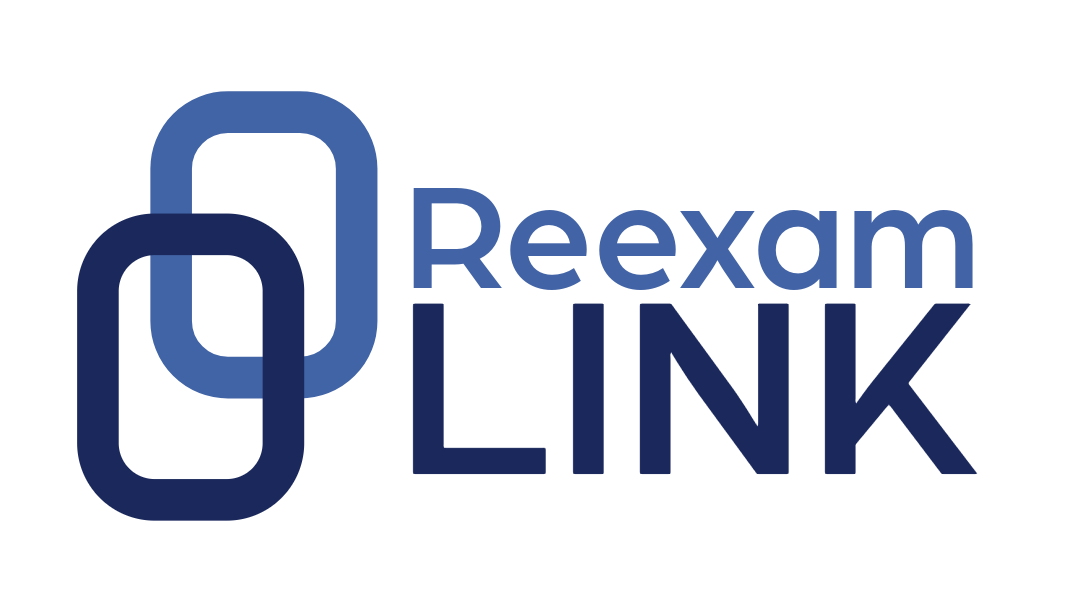It’s hard being a nerd, but yes, I interviewed an AI Bot to learn more about how it “thinks” and how to better work with it, especially as it relates to patents. * * *Human: How does a Large Language Model (LLM) determine higher frequency phrases? Bot: An LLM like myself determines higher frequency phrases through several steps in its training and operation:1. Training Data Analysis: During training, the model is exposed to vast amounts of text,…
Read more: A Conversation with an AI Bot About Patents